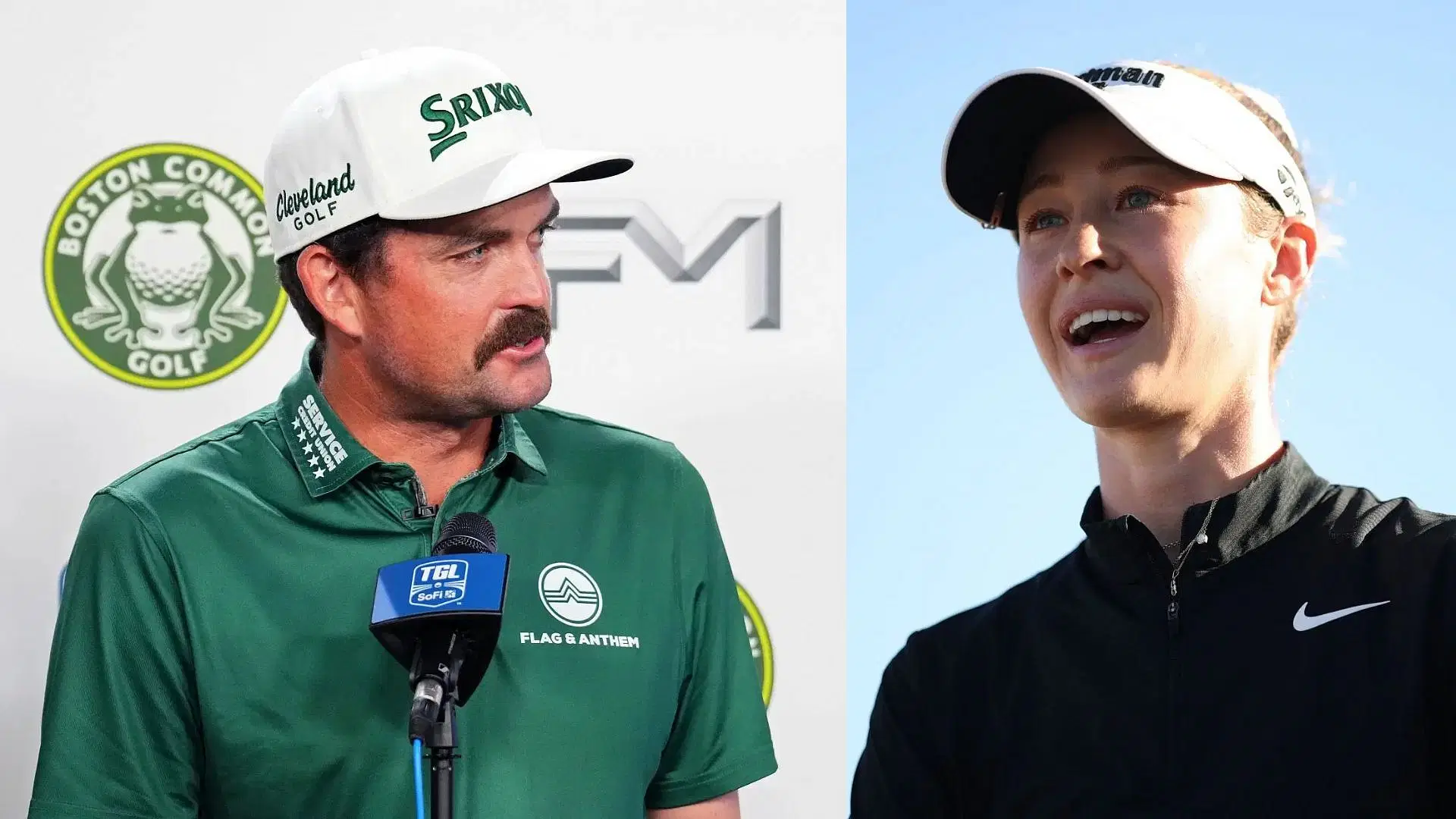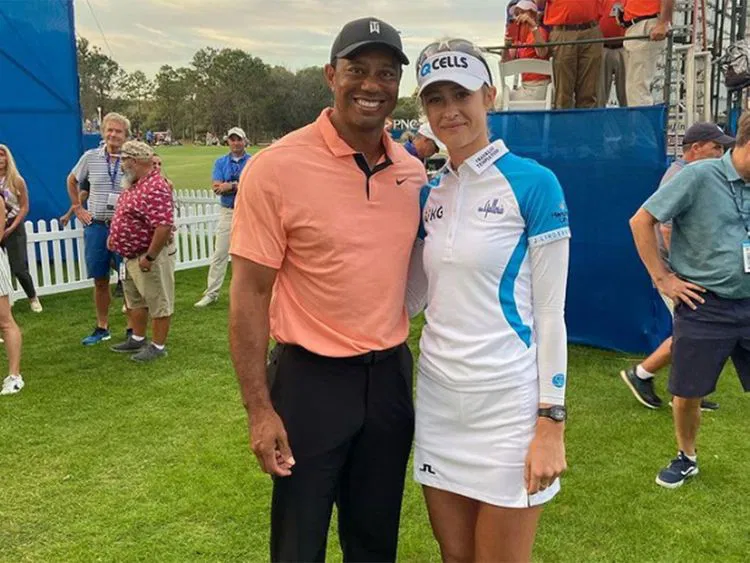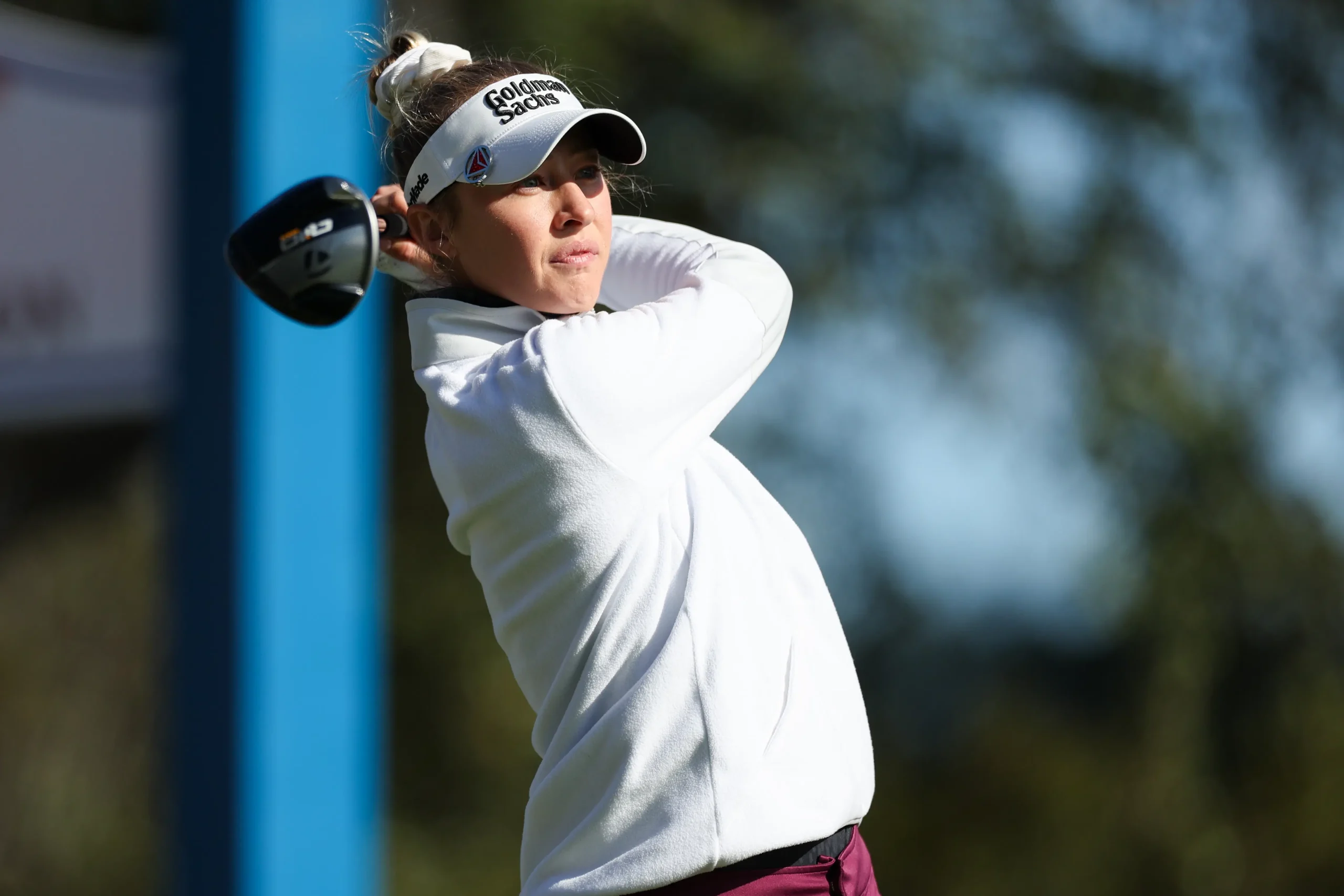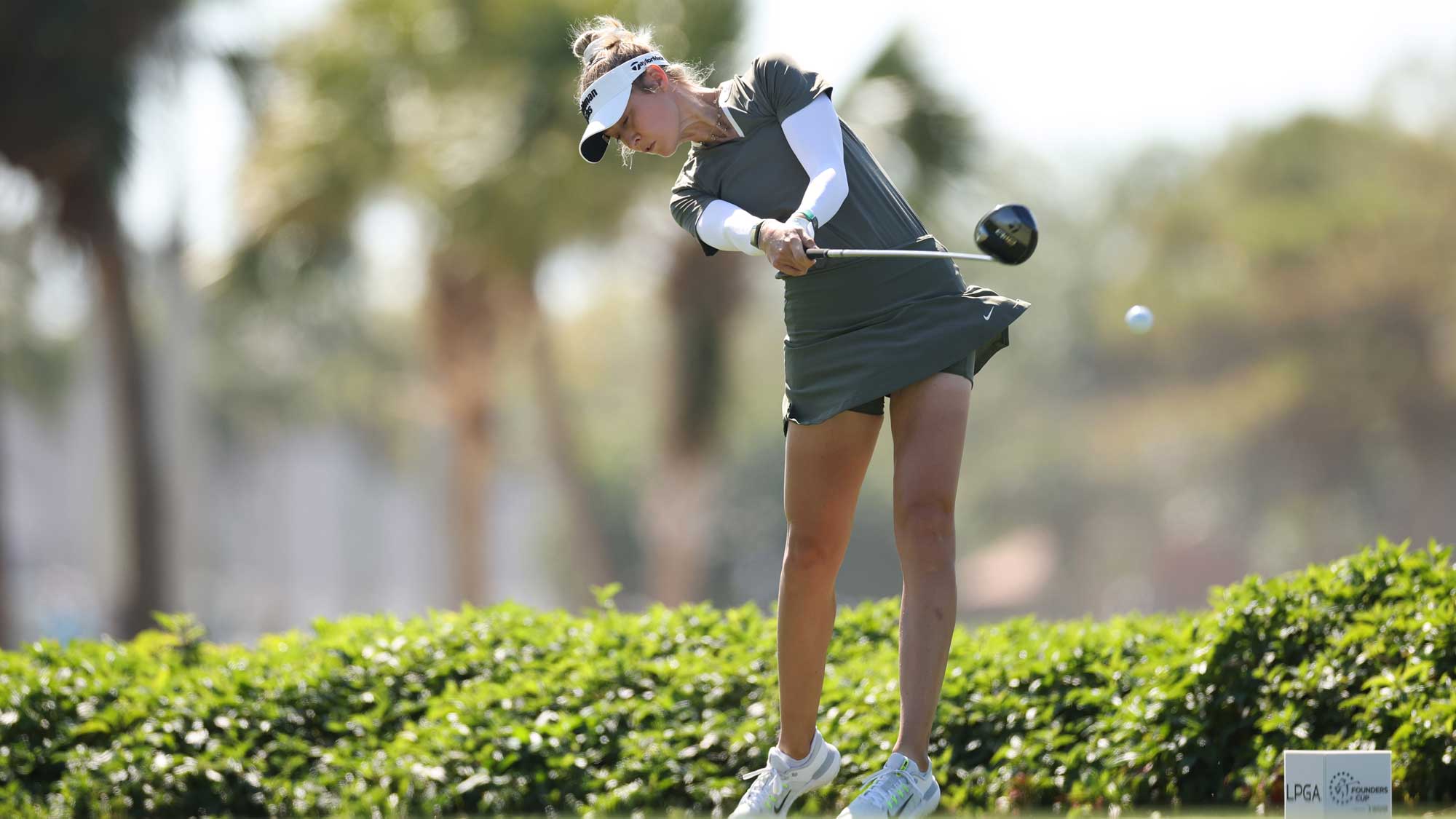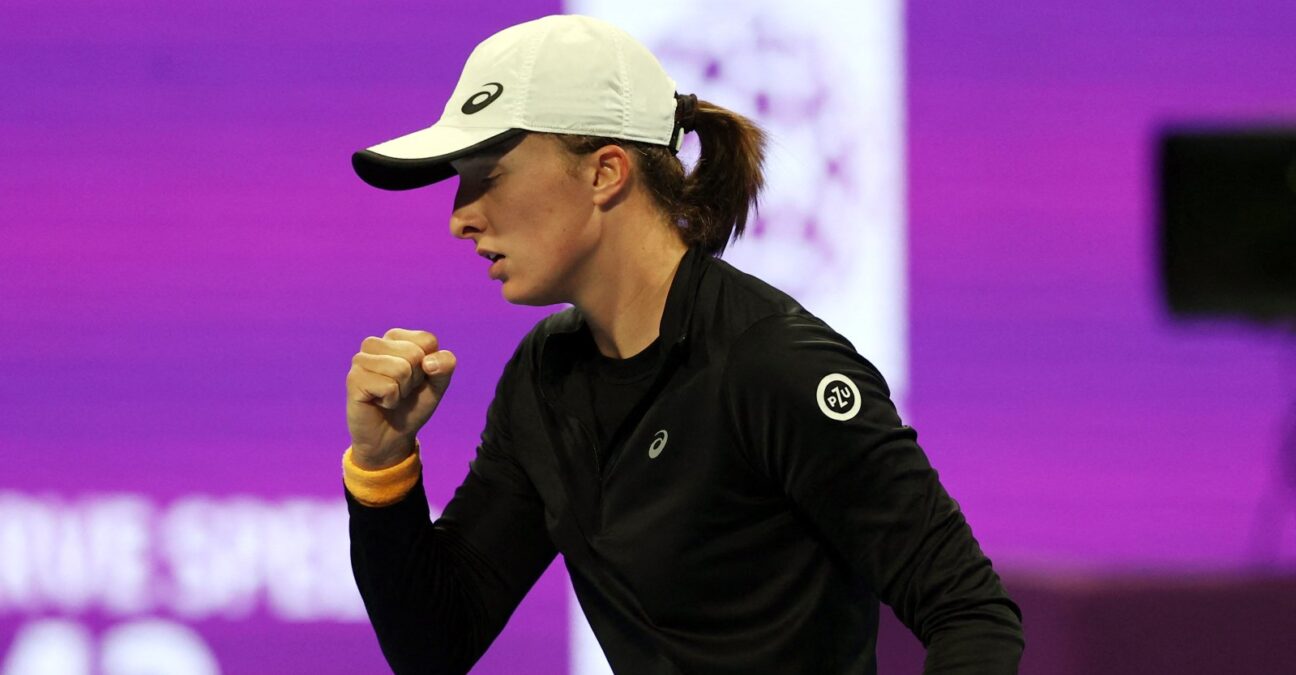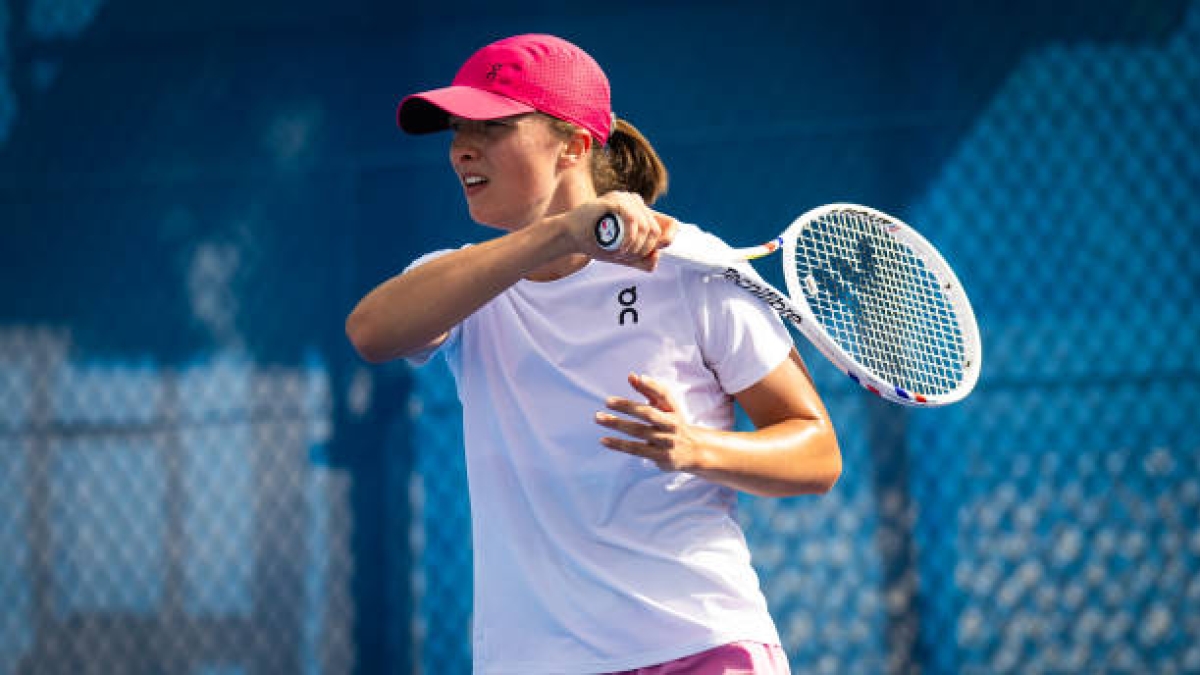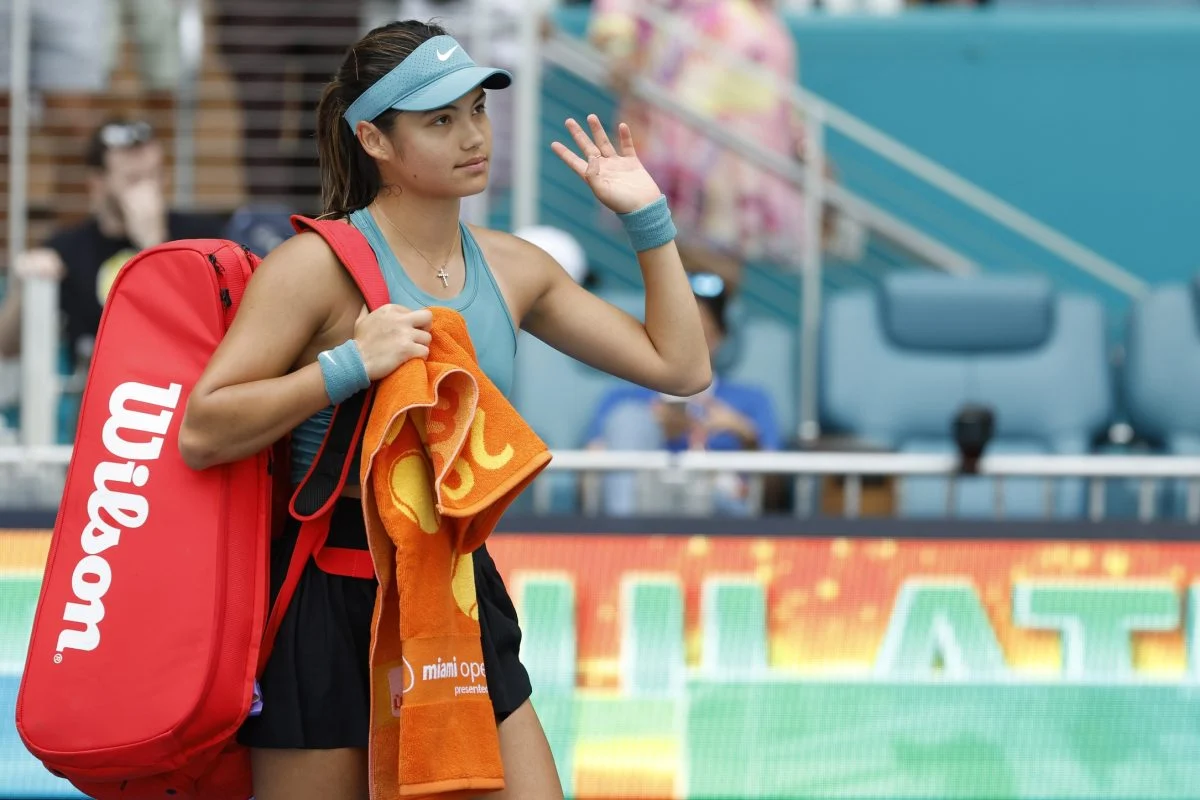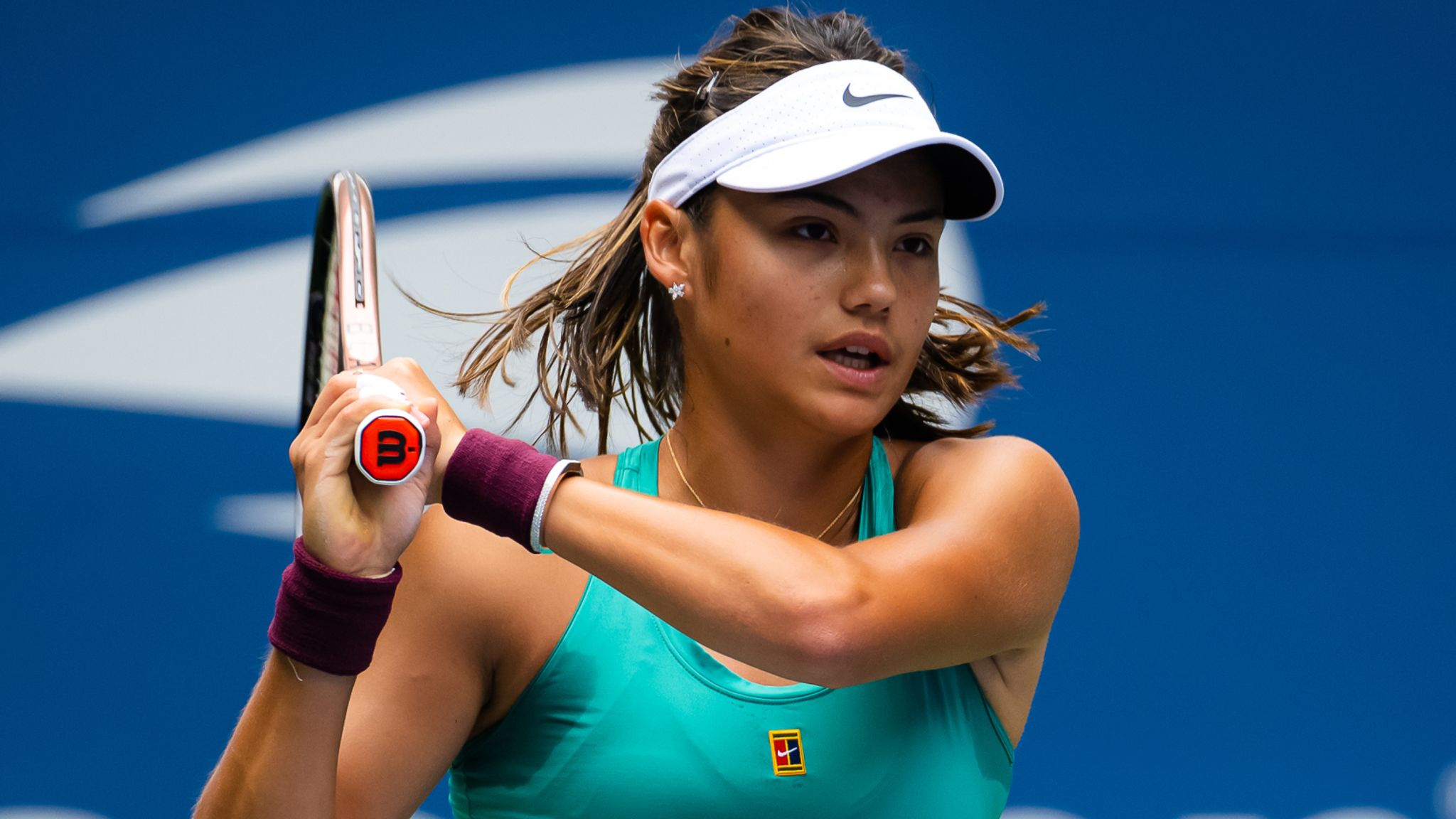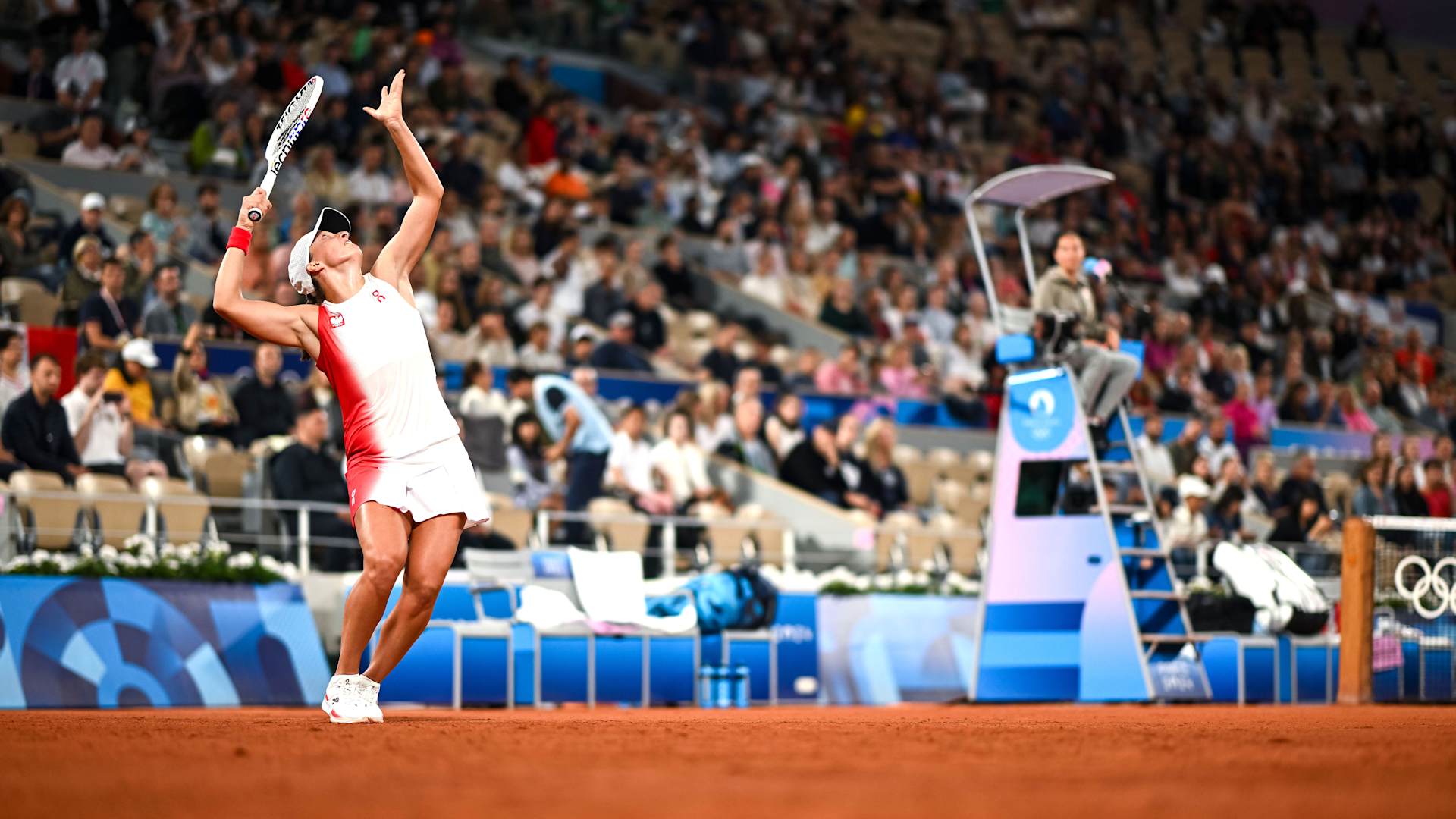
Dotyk Midasa: jak zagrać topspinowym forhendem jak Iga Świątek
W krótkim czasie swojej kariery na tourze WTA, Iga Świątek szybko ugruntowała swoją pozycję jako jedna z najlepszych zawodniczek nowego pokolenia. Jej sukces, który obejmuje cztery tytuły w ciągu ostatnich pięciu lat na Roland Garrosie, tym samym miejscu, gdzie odbędą się olimpijskie turnieje tenisowe, jest napędzany przez jej niezwykle skuteczny, destrukcyjny forhend.
Świątek nieustannie stara się przejąć kontrolę nad wymianą za pomocą swojego forhendu. Mocny topspin, który generuje tym uderzeniem, zmusza przeciwników do cofania się za linię końcową, pozwala jej tworzyć większe kąty i zapewnia większe bezpieczeństwo przy uderzeniach.
Greg Rusedski, były brytyjski numer 1 i numer 4 na świecie, wskazuje zachodni uchwyt Świątek jako kluczowy element jej sukcesu z forhendem: „To ekstremalny uchwyt,” mówi Rusedski. „Patrzysz na technikę tego uderzenia, także na fizyczność, wykorzystanie nóg i prędkość rąk.
To kombinacja wielu czynników, które sprawiają, że jest to tak skuteczne. Jest bardziej efektywne na nawierzchni ziemnej niż na innych, ze względu na rotację i odbicie. Jeśli miałbym porównać to do gry mężczyzn, to jest jak forhend Rafaela Nadala w grze kobiet.”
Jak naśladować forhend Świątek
Chociaż coraz więcej zawodniczek przyjmuje topspinowe forhendy, nawet na najwyższym poziomie tenisa, forhend Świątek jest niezwykle trudny do bezpośredniego skopiowania: „Nie próbuj tego samodzielnie w domu, tak bym to opisał,” mówi Rusedski, śmiejąc się. „To coś, co wymaga lat praktyki, a technika jest dość ciężka dla ramienia i barku.”
Co amatorscy zawodnicy mogą wynieść z forhendu Świątek, to wiele rzeczy, które robi, aby przygotować uderzenie. Uderzanie z większym topspinem nie oznacza automatycznie, że musisz rezygnować z mocniejszych piłek. Świątek używa ogromnej prędkości główki rakiety, aby przyspieszyć przez piłkę, a topspin zapewnia większe bezpieczeństwo i margines przy jej ofensywnych uderzeniach.
Podczas gdy amatorzy próbują podkręcać piłkę i generować więcej topspinu, nie powinni czuć potrzeby zwalniania. „To, co [topspin] robi, to odbija się jak muł,” mówi Rusedski. „Innymi słowy, możesz szybko opuścić piłkę, nadać jej rotację, dzięki której piłka szybko opada, więc to są wszystkie te drobne rzeczy. To właśnie sprawia, że jest to efektywne.”
Kolejnym kluczowym aspektem dominacji forhendu Świątek jest jej determinacja do wczesnego przejęcia piłki i ataku. Wczesne przejęcie piłki zabiera czas przeciwnikowi i pozwala jej wykorzystać tempo, które już zostało wygenerowane przez rywala, odbijając piłkę z powrotem na drugą stronę kortu.
Rusedski mówi, że kluczem do wczesnego przejęcia piłki jest rozpoczęcie ruchu forhendu jak najwcześniej. „To wczesne przygotowanie, schylanie kolan,” mówi Rusedski. „Im lepiej się poruszasz w naszym sporcie, tym lepiej grasz. Wczesne przygotowanie pomaga w szybkim przejęciu piłki.”
Na koniec, Świątek jest niezwykle utalentowaną sportsmenką, a jej praca nóg to jedna z jej największych mocnych stron. Podobnie jak Świątek, amatorscy zawodnicy powinni zawsze starać się robić małe, konsekwentne kroki między uderzeniami, aby stworzyć potrzebną przestrzeń między sobą a piłką.
Ciągłe poruszanie się może być męczące i łatwo jest popaść w leniwe nawyki, ale wykorzystanie pracy nóg do tworzenia przestrzeni wokół piłki jest jednym z kluczy do skutecznego powtarzania uderzeń.
„Myślę, że jej praca nóg jest wyjątkowa,” mówi Rusedski. „Jest najlepszą poruszającą się zawodniczką w grze kobiet. Ma świetne nastawienie i zawsze stara się poprawiać, więc jest wiele cech, które można przejąć.”
